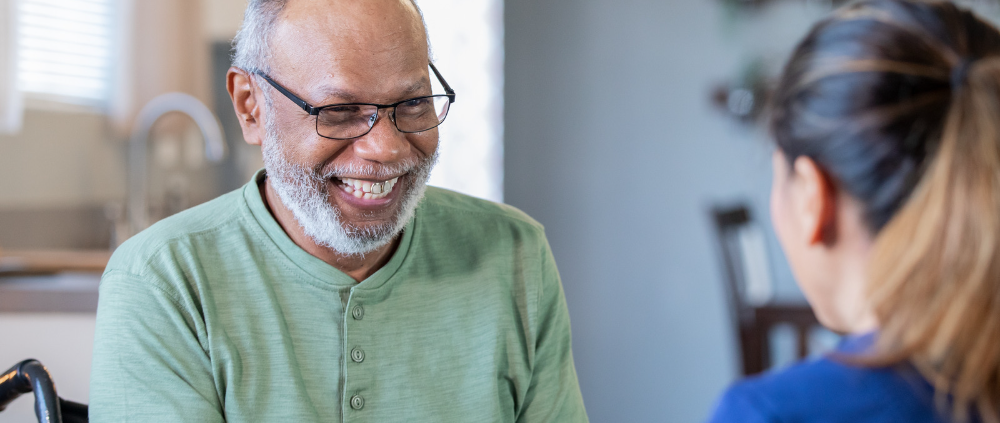“Home is Where the Heart Is” and the Place Where My Patients Heal
“The magic thing about home is that it feels good to leave, and it feels even better to come back.” – Unknown
“Home is a shelter from storms – all sorts of storms.”-William J. Bennett
For many of us, our home is the place we most want to be, especially while we are recovering from surgery, a hospitalization, or experiencing a decline in our ability to care for ourselves. In-home rehabilitation services have been offered through home health agencies for years. Patients are being discharged from hospitals sooner and sicker, and more patients are declining rehab placements after discharge from the hospital. The home health team becomes an important step in the care continuum. As an Occupational Therapist in home health, I am an important player on that team.
How Does Occupational Therapy Work
As an Occupational Therapist, I work on all those things that occupy your time, from getting dressing, getting up and down from the toilet, taking a shower, making a meal, doing the laundry, driving, working, and enjoying your hobbies or leisure activities. After I assess someone’s abilities, I determine the areas that need to be improved and design a program that addresses those areas. The program could involve interventions in many different areas such as, therapeutic exercise, self-correcting balance training strategies or cognition/thinking skills.
I address Activities of Daily Living (ADLs) and mobility in the home, sometimes recommending adaptive devices to improve independence. Think of me as the “gadget girl.” I especially enjoy seeing how the right piece of equipment can make all the difference with someone’s independence. Equipment recommendations include the trialing and training on the use of the equipment, which is an important part of the job in the home. No matter how good a simulation in a clinic is, it can never replicate their home. Trialing the equipment in the patient’s actual home ensures the appropriate piece of equipment is obtained.
The Role of Home Health Occupational Therapy
Home Health OT plays a huge role in the prevention of re-hospitalization. Home health clinicians wear many hats. I am an OT but at any given moment, I may have to function as a PT, Social Worker or RN. Some days it seems that I spend half of my time talking to physicians, other clinicians and family members trying to problem solve what will work best for my patient.
As with anything, there are aspects of my job that I love as well as the ongoing challenges that require creative resourcefulness to complete my job to the best of my abilities. I enjoy the intimacy that comes being in someone’s home, connections seem easier to establish. I enjoy seeing people’s family photographs, the things they collect, from stamps, vintage Pyrex, perfume bottles, or teapots. I enjoy being able to use things like pet or plant care in my treatment sessions. I am happy that my personal confidence with driving, navigation and parking has improved. The challenges of my days include scheduling, finding clean bathrooms, communication with coworkers who I rarely see, traffic woes, and caring for an increasingly sick population.
I feel that the rubber meets the road in home health. I see how people actually live, not just what they or their family report. When my primary care provider and I have talked shop during my visits, I have told her that if she could make home visits it would change the way she practices medicine. Seeing patients in their home, is that powerful, and for an OT, is completely natural and just makes sense.
“Home is where the heart is,” and it is where my patients heal.
Monica Laird is an Occupational Therapist in the Home Health setting in Frederick, MD. In her 35 years as an OT, Monica has worked in a variety of settings including subacute rehab, outpatient rehabilitation, acute care, and now home health. She is married, has 2 adult sons, and a 14 year old carnival goldfish. When she isn’t on the road seeing her patients, she enjoys crafting, traveling, and going out to dinner with friends. She does not enjoy gardening or yard work and avoids those activities as much as possible.



